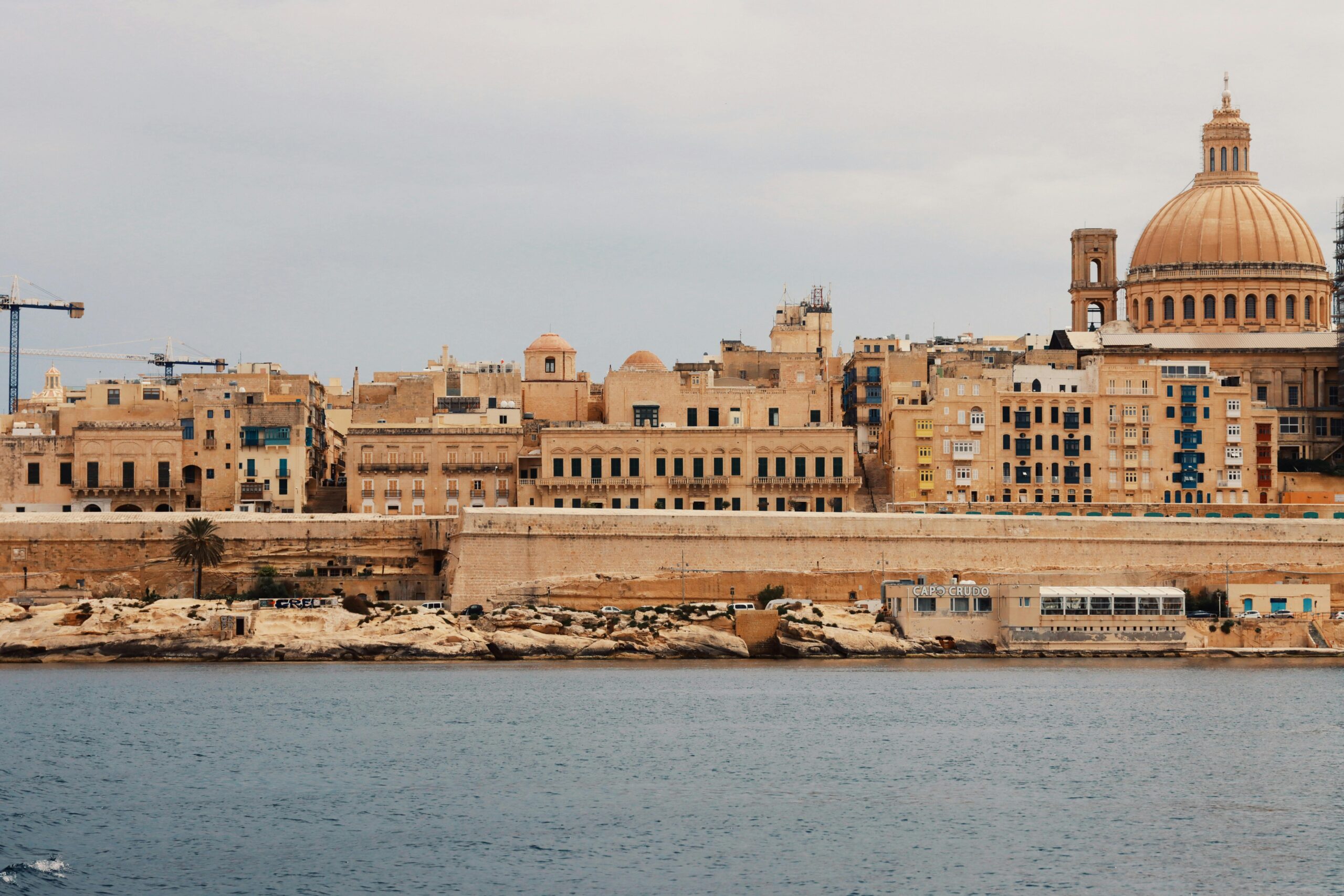The number of collective accommodation establishments – that is, hotels, hostels and guesthouses – has ballooned from 215 to 317 over the last years, representing an increase of 47.4 per cent between January 2020 and June 2024.
Most of these new establishments are likely to be smaller boutique hotels and other such tourist accommodation, as despite the large increase in distinct establishments, the total number of bedrooms and beds increased more moderately over the same period, rising by 13.4 per cent and 12.6 per cent, respectively.
The increase in bed capacity brings the total number of bed spaces available in hotels, guesthouses and hostels in Malta to 48,687. This figure does not include any accommodation provided on a short-let basis through platforms like Airbnb.
The figures emerge from the Central Bank of Malta’s (CBM) latest edition of its Business Dialogue, citing the National Statistics Office.
Contacts in the five-star hotel segment told the CBM that the sector is facing various challenges, most notably a decline in demand as tourists downgrade to lower-tier hotels.
These findings are in line with feedback obtained by BusinessNow.mt from hoteliers in the same segment back in December 2022, indicating that the issue persists despite the return of record numbers of tourists to Malta.
Participants in the CBM’s interviews, conducted between July and September 2024, pointed to reduced disposable income among travellers because of the high inflation rates observed over the past couple of years, as well as increased competition from new hotels.
“Occupancy rates in this sector have been stable, increasing steadily throughout the summer, but profits are under pressure due downward pricing adjustments and rising operational costs, including labour and input costs such as food and maintenance.”
Five-star hoteliers also lamented that the winter months are even more challenging as occupancy rates drop significantly, and arguing that efforts need to be made to promote Malta as a winter destination as well.
Staff retention remains a challenge, with many hotels having to offer significant wage increases to attract and retain talent, despite stagnant productivity levels.
Company contacts in the five-star hotel segment also highlighted that the overall ambiance and conditions in some tourist hotspots, such as St Julian’s, have deteriorated, with sanitation and traffic issues negatively impacting the appeal of five-star accommodations in these areas.
The CBM noted that tourism in Malta has evolved, with noticeable shifts in the tourist age profile and spending habits.
“The youth segment, drawn by Malta’s growing reputation as an entertainment destination, has grown significantly. This group tends to have lower expenditure levels compared to more affluent tourists, affecting the profitability of the hospitality sector, especially luxury hotels.”
The four-star hotel segment has seen relatively stable performance, with steady occupancy rates during the peak season. However, similar to the five-star category, these hotels face increasing pressure during the off-peak months. Contacts told the CBM that rising input costs and labour shortages are also affecting profitability.
In response to these challenges, many four-star hotels have increased room rates and focused on maintaining profitability through cost management. This is substantiated by accommodation price inflation figures which show that accommodation prices increased substantially during peak months, when compared to a year earlier.
One of the key issues reported by contacts within the four-star hotel segment is that negative price pressures in five-star hotels is spilling over into the four-star segment. This has led to heightened competition, forcing many mid-tier hotels to reposition themselves in order to maintain their market share.
Despite these challenges, the segment remains resilient, particularly during the summer months when tourist numbers peak. Investments in infrastructure, such as room refurbishments and new facilities, have helped maintain competitiveness, though concerns about over-supply in the market remain.
Three-star hotels have been one of the more resilient segments in the Maltese hotel industry. As more tourists prioritise budget accommodation, this segment has seen increased occupancy rates and stable revenue streams.
The key drivers of success for three-star hotels have been competitive pricing and the ability to attract younger, more cost-conscious tourists. However, like other segments, three-star hotels face challenges related to rising operational costs, including wage increases which continue to add pressure on profit margins.
Yet, three-star hotels have managed to maintain profitability by leveraging high occupancy rates during peak seasons.
Malta’s online freelance workforce surges by 135% but still lags behind globally
According to a new report, Malta’s share of the global freelancers is now at 0.03 per cent
64% increase of people in employment since 2014, latest figures show
New data paints a clear picture of Malta’s expanding workforce over the last decade
Malta’s economic growth to remain strong in global context, but sectoral shifts raise productivity concerns
While Malta continues to outpace eurozone peers in GDP growth, sectoral data suggests a growing reliance on less productive industries






